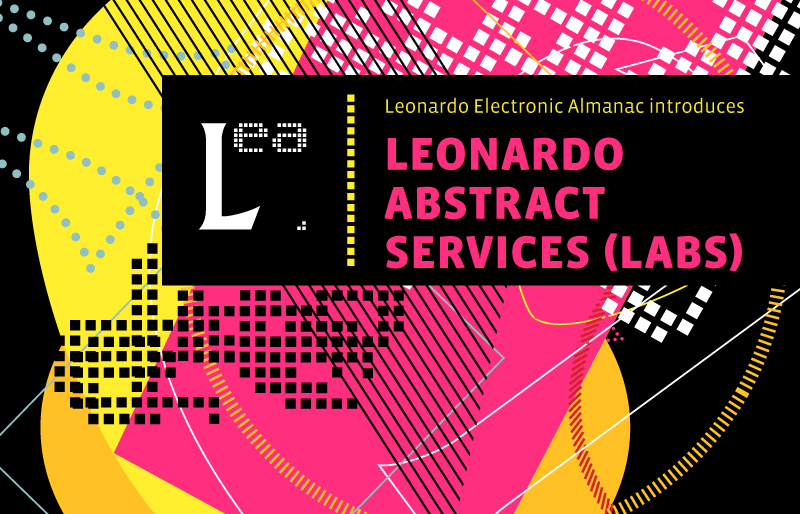
Leonardo Abstract Services (LABS) 2008-2009
The Experience of Interactive Art: A Curatorial Study
Interactive art exists through the participation of its audience. There is an increasing awareness amongst artists, critics and curators that the audience’s experience is of central importance to the understanding, creation and exhibition of interactive art. Because of its emphasis on experience and participation, as well as its engagement with science and technology, interactive art offers challenges and opportunities for curatorial practice in museums and galleries. The research reported in this thesis investigates the audience’s experience of artworks in order to develop a critical framework for, and a curatorial approach to interactive art. It draws on insights, methods and techniques from the interdisciplinary field of Human Computer Interaction (HCI) for studying and working with people’s experience of interactive technologies. The research approach of the project is reflective curatorial practice, based on close collaborations with artists during the creation and exhibition of their work. The research centers on two case studies: Cardiomorphologies, by George Khut, a physiologically interactive artwork that creates real time visual and sonic representations of the participant’s heart and breath; and Contagion, by Gina Czarnecki, a multi-user installation based on a complex interactive representation of the spread of disease within populations. Both of these artworks were publicly presented in Beta space at the Powerhouse Museum, Sydney, a dedicated venue for “prototyping” interactive artworks developed as part of this doctoral project. The first outcome of the research is an experiential approach to curating interactive art, which integrates the exhibition of prototype artworks with the creative process. The approach adapts techniques from HCI for use in artistic contexts. The second outcome is a critical framework for the experience of interactive art, which draws on the work of pragmatist philosopher John Dewey and artist David Rokeby. An examination of the participants’ experiences of the two case study artworks demonstrates how the framework can be used by curators, artists and researchers to understand the aesthetic impact of interactive artworks. Together these two outcomes demonstrate how direct engagement with audience experience contributes to interactive art research and curation. The thesis concludes by exploring future directions for this experience-centered approach, including the impact on documentation and archival practice and the curation of group exhibitions.
Degree: PhD
Year: 2009
Pages: 295
University: University of Technology, Sydney
Supervisor: Prof. Ernest Edmonds
Email: ernest@ernestedmonds.com
Supervisor 2: Prof. Ross Gibson, Ass. Prof. Toni Robertson
Language: English
Dept: Faculty of Information Technology
Copyright: UTS
Lang_author: English, French
Email: lizzie@lizziemuller.com
Keywords: Curating, Practice Based, Interaction, Aesthetic Experience, New Media, Digital Art, Human-Computer Interaction, Interaction Design, Audiences, Museum Studies, Pragmatist Aesthetics
LEONARDO ABSTRACTS SERVICE (LABS) is a comprehensive collection of Ph.D., Masters and MFA thesis abstracts on topics in the emerging intersection between art, science and technology.
If you are interested you can submit your abstract to the English LABS, Spanish LABS, Chinese LABS and French LABS international Peer Review Panels for inclusion in their respective databases. The authors of abstracts most highly ranked by the panel will also be invited to submit an article for consideration for publication in the refereed journal Leonardo.
